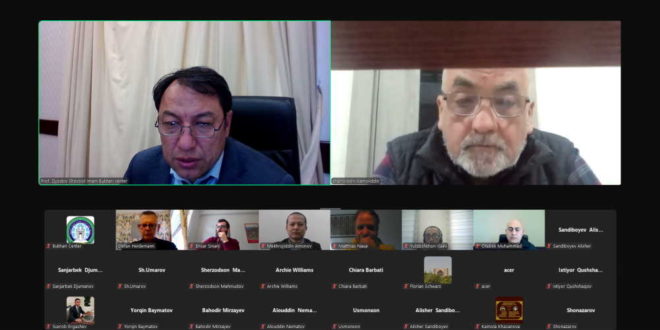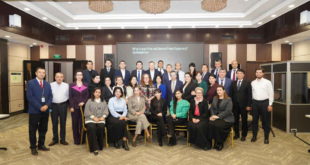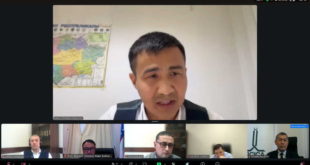An online seminar titled “Material Culture of the Zarafshan Valley,” organized in collaboration with the Asia-Africa Institute University of Hamburg, Germany, was held at the Imam Bukhari International Scientific Research Center. The seminar saw the participation of center staff, researchers from scientific institutions in Uzbekistan and abroad, as well as scholars from Germany, Turkey, and the United States.
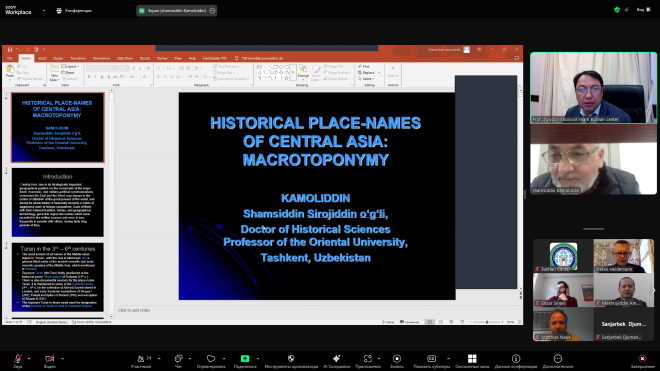
At the seminar, Professor of Oriental University, Doctor of History Shamsiddin Kamoliddin gave a lecture on the topic “Historical Names of the Central Asian Region”.
In his scholarly analysis, the scholar thoroughly explored the origins and usage of historical names in Central Asia — in particular, macro-toponyms such as Turan, Turistan, Turkestan, and Mawarannahr. He explained when and under what circumstances these names came into use, and elaborated on their political and ethno-historical significance. He also emphasized that various powers that ruled the region at different times sought to impose their own names on the territory.
Another important point emphasized by the speaker was that some toponyms of the region held not only geographical, but also ethno-political significance. In particular, the name Turan was noted to have been used in some sources to refer to the Hephthalite or Kushan states, and later to the Turkic Khaganate. It was explained that in Turkic, Arabic, and Persian sources, these names were written in various forms and used to denote different parts of Central Asia.
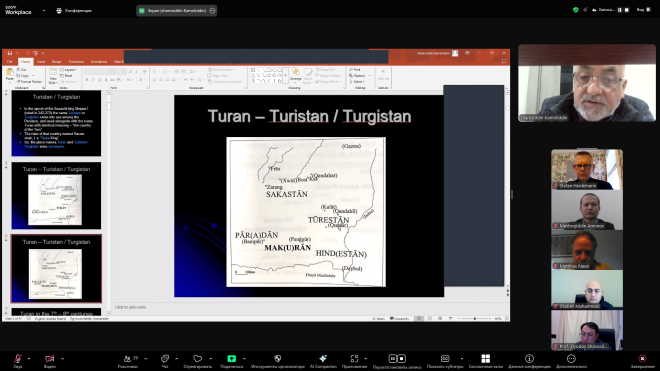
Discussing the origin of the name Mawarannahr and its widespread use during the Arab period, the scholar emphasized that this term was not political but purely geographical in nature. In contrast, he interpreted the concepts of Turkestan and Turan as historical-political terms that reflect the ethnic identity and culture of the people.
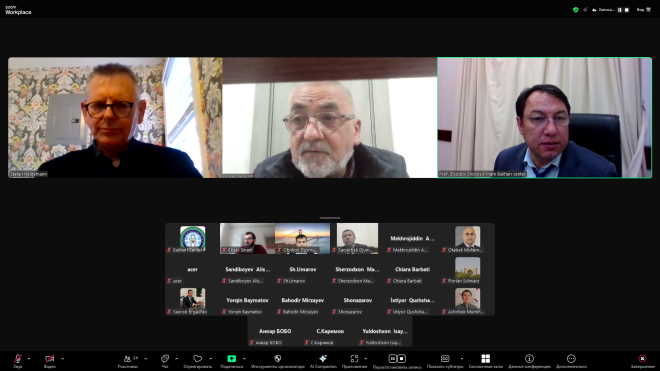
The seminar continued with lively discussions and a question-and-answer session.
 Imom Buxoriy xalqaro ilmiy-tadqiqot markazi bukhari.uz
Imom Buxoriy xalqaro ilmiy-tadqiqot markazi bukhari.uz







